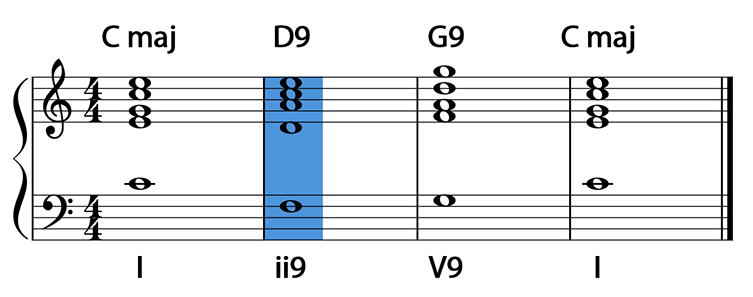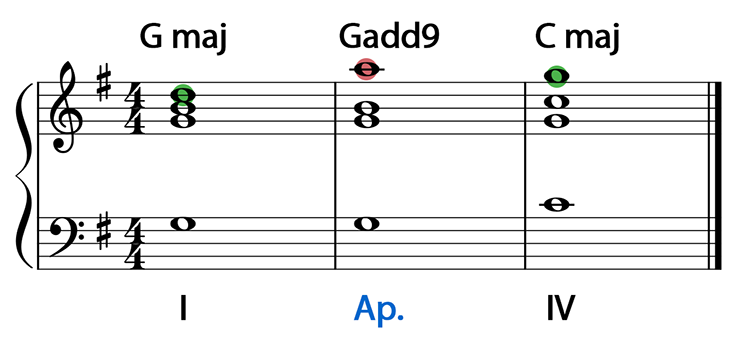
HOSTS- Jeremy Burns, Matthew Scott Phillips
TYPE- Theory
DURATION- 53:57
BUMPER MUSIC- "Crumbling In Real Time" (Area 47 Music)
ANNOUNCER- Mike Cunliffe
Continuing our discussion from episode 106, we will find yet more ways to alter chords. We will listen to non-dominant, extended tertian chords. We will marvel at the common tone diminished chord. We will revisit linear chromaticism and reckon with the appoggiatura chord. Finally, we will ponder a few good simultaneities!


-In previous discussions, we saw the extended harmonies (i.e. 9th, 11th and 13th chords) occurring mainly on the DOMINANT (V) chord. In the 19th and 20th centuries, we will begin to see these harmonies occurring in other chords.
-In measure 2, below, we see the ii chord with an added 9th. Notice it still functions as a predominant, moving to V.
-Even though, this is an inversion, we will just call it ii9.

-The COMMON TONE DIMINISHED 7th chord can embellish any triad or V7 chord. But it typically embellishes I in major or V7 in major or minor.
-In this case, the chord moves from a I chord (C major) to a CTº7 (Cº7), who’s root shares a COMMON TONE with that I chord, and back to I chord (C major) again.
-Because there is no theoretical root, this is displayed in our analysis as CTº7.

-In LINEAR CHROMATICISM, the harmonies are a result of chromatic ascending or descending lines. They may or may not fit into the functions we try to assign them in tonal music.
-Below, we see the Em chord in the bass holding steady, in measures 1 and 2. Meanwhile, the two higher voice are moving by half step in parallel motion on top of all this. The odd harmonies that occur from this could be simply explained as LINEAR CHROMATICM to avoid an otherwise cumbersome analysis.

-The appoggiatura is a non chord tone (NTC) approached by leap and left by a step.
-Appoggiaturas can create momentary, linear non functional sonorities.
-Appoggiatura chords are usually placed on downbeats, but not always!
-Below we see the D note in measure 1 leap up to the A note in the following measure while the G major chord holds the other voices in place. Finally, in measure 3, this voice steps back down to the G note of the C major chord. Notice the chord in measure 2 has been labeled "Ap.", designating it as an appoggiatura chord.

-Some chords can not be given a sensible Roman numeral analysis. It may come as a result of good voice leading but it might not always make sense in tonal music. The º7 chords often work in this category. Basically, this is when a traditional sonority used in a non traditional way. Some times we can make more sense of them by offering an alternate analysis.
-Below, we see all normal chords in the key of C major, except for measure 3.
-Here we have a D7 chord in C major. Normally, that D7 would act as a V7/V. HOWEVER, it does not go to V (G). Rather, it goes to iii (Em). If it was a V/iii, it would have been a B7 chord. But no! We can't really apply a proper function, in tonal harmony, in this scenario. What we have here is a SIMULTANEITY!


